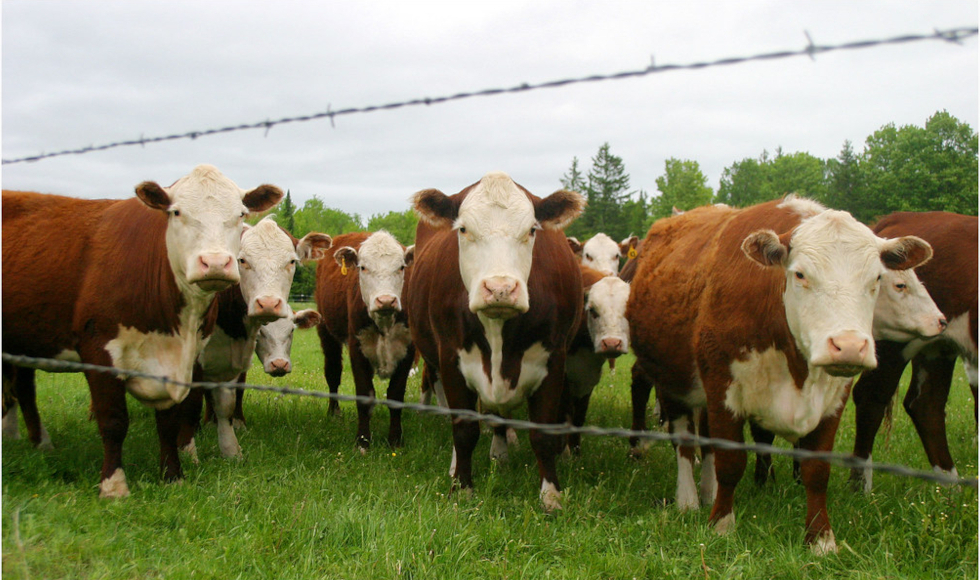Hempseed cake is a highly nutritious viable alternative feed source for cattle, a study by the U.S. Department of Agriculture (USDA) has found.
The study, which the USDA’s Agricultural Research Service carried out with researchers from North Dakota State University (NDSU), found that cattle fed hempseed cake, a byproduct of hempseed oil production, retained “very low levels” of the cannabinoids THC and CBD in muscle, liver, kidney and fat tissues, the farm agency said.
“From a food safety viewpoint, hempseed cake having low cannabinoid content can be a suitable source of crude protein and fiber in cattle feed while offering industrial hemp producers a potential market for this byproduct of hempseed oil extraction,” said David J. Smith, a NDSU research physiologist who led the study.
Fighting for feed
Farmers and hemp product makers in many states are fighting for the right to feed farm animals hempseed cake and other parts of the plant, which are not regulated, due to concerns that cannabinoids could transfer to humans at the end of the food chain.
USDA said the research team found that the concentrations of the compounds in meat products contributed only a small fraction of the total amount of CBD and THC considered safe for consumers by global regulatory organizations.
The study, recently published in Food Additives and Contaminants, is based on trials in which groups of heifers were fed either a control diet or a diet containing 20% hempseed cake for 111 days.
Hempseed cake used in the study contained an average concentration of 1.3 ± 0.8 mg/kg of CBD and THC combined, which is 1/3000 of the legal threshold of 0.3% (3000 mg/kg) THC.
When the feeding period was completed, cannabinoid residues in the liver, kidney, skeletal muscle, and body fat tissue were measured in animals harvested 0, 1, 4, and 8 days after hempseed cake was removed from the diet to learn how quickly cannabinoids are cleared from tissues.
Trace cannabinoids only
The researchers found that cannabinoid residues were sporadically detected in the urine and plasma of cattle during the feeding period. But only trace amounts (about 10 parts per billion) of CBD and THC combined were measured in the fat of their meat once the animals were slaughtered, and detectable levels in the liver, kidney, and skeletal muscle were not observed.
“According to our exposure assessment, it would be very difficult for a human to consume enough fat from cattle fed with hempseed cake to exceed regulatory guidelines for dietary THC exposure,” said Smith, who works at NDSU’s Animal Metabolism-Agricultural Chemicals Research Unit in Fargo.
Texas agriculture officials recently approved hempseed-derived feed for chickens and horses, and authorized the Texas Feed and Fertilizer Control Service to establish rules for the use of hemp and hemp products in commercial feed in the forms of hempseed meal and hempseed oil.
State officials in Kansas are pushing back against a proposed law that would allow hemp fiber, grain and seeds to be used as food for pets, and feed for poultry and livestock.
The U.S. Food and Drug Administration is the federal authority responsible for approving the use of hemp products in animal feeds.

